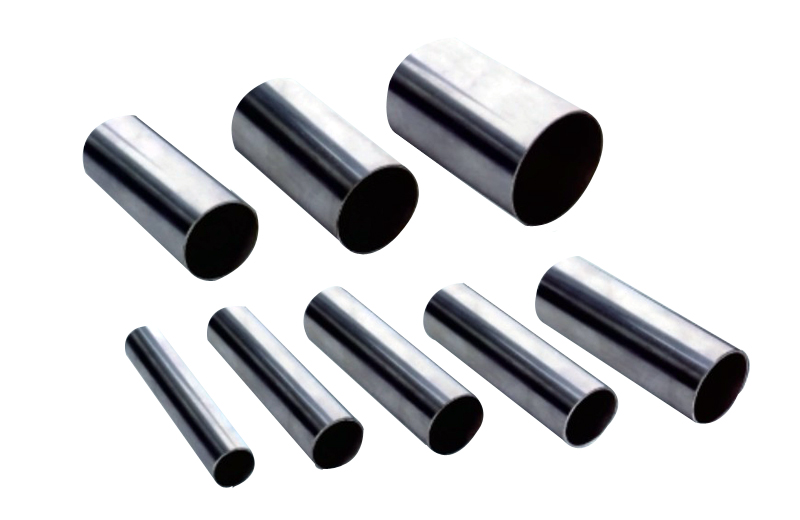

People often use magnets to adsorb stainless steel, verify their merits and false, do not absorb magnetism, think it is good, the goods are real, the sucker has magnetism, and it is considered as fake fake. In fact, this is a very one-sided, unrealistically wrong way of identifying.
There are many kinds of stainless steel, which can be classified into several types according to their organizational structure at room temperature.
1. Austenite: 304, 321, 316, 310, etc.
Two, martensite or ferrite type: 430, 420, 410;
The austenite type is nonmagnetic or weakly magnetic, and martensite or ferrite is magnetic.
Stainless steel pipe

Most of the stainless steel, usually used as a decorative tube plate, is 304 of the austenite type. Generally speaking, it is non magnetic or weak magnetic. But because of the chemical composition fluctuation or the different processing state, it may appear magnetic, but this can not be considered as a fake or unqualified. What is the reason?
It is mentioned that the austenite is non magnetic or weak magnetic, and martensite or ferrite is magnetic. Due to the segregation of components or improper heat treatment, a small amount of martensite or ferrite in austenite 304 stainless steel will be formed. In this way, 304 stainless steel will have weak magnetism.
In addition, after cold processing, the structure of 304 stainless steel will be transformed into martensite. The greater the deformation degree of cold processing, the more martensite transformation, and the greater the magnetic properties of the steel. Like a batch of steel strips, the production of 76 tubes has no obvious magnetic induction and produces 9.5 tubes. Because the deformation of the bending is larger, the magnetic induction is obvious. Because the deformation of the rectangular tube is larger than that of the circular tube, especially the corner part, the deformation is more intense and the magnetism is more obvious.
In order to completely eliminate the magnetism of the 304 steel produced by the above reasons, the austenite structure can be resumed by high temperature solid solution treatment, thereby eliminating magnetism.
In particular, the magnetism of 304 stainless steel, which is caused by the above reasons, is not the same as the magnetic properties of other stainless steel, such as 430 and carbon steel, that is to say, the magnetic properties of 304 steel always show weak magnetism.
This tells us that if the stainless steel is weak magnetic or completely non magnetic, it should be judged to be 304 or 316. If it is as magnetic as carbon steel, it shows strong magnetism, because it is not 304.